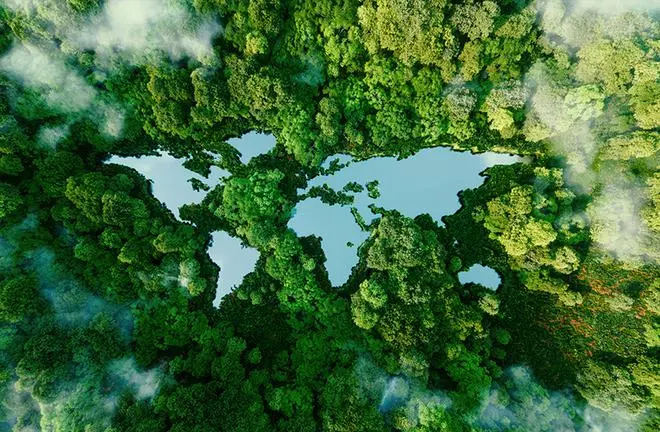Photosynthesis is the process by which plants use water and CO2 and converts it into oxygen and carbohydrates using energy from sunlight. The oxygen is released into the atmosphere and the carbohydrates (a biomolecule of carbon, hydrogen and oxygen) is stored inside the plant and in the soil.
Growing more plants and increasing the green cover was seen as the answer to naturally absorbing CO2 emissions. But a new modelling study published in the journal, Science, using satellite images from the savannas, croplands, and forests reveals that the rate of photosynthesis has been slowing down since 2000 and may soon plateau.
The slowing down is linked to global warming and climate change which has increased vapour pressure deficit (VPD) or dryness of the air. Drier air causes more water to evaporate from tissues of plants through transpiration from pores on the leaves called stomata.

If too much water is lost quickly then plants slow down transpiration by closing their stomata. This impacts photosynthesis because CO2 also enters the plant through these pores when they are open.
According to the study, global warming and climate change has led to rise in mean temperatures which has suppressed photosynthesis and the ability of the global ecosystem to assimilate carbon. This trend they fear will persist till 2050 and beyond.
The implication of photosynthesis slowdown is cause for alarm. The ability of natural sinks to achieve carbon neutrality may be undermined by adverse effects of climate change. This calls for urgent action. We must help nature to help us.




